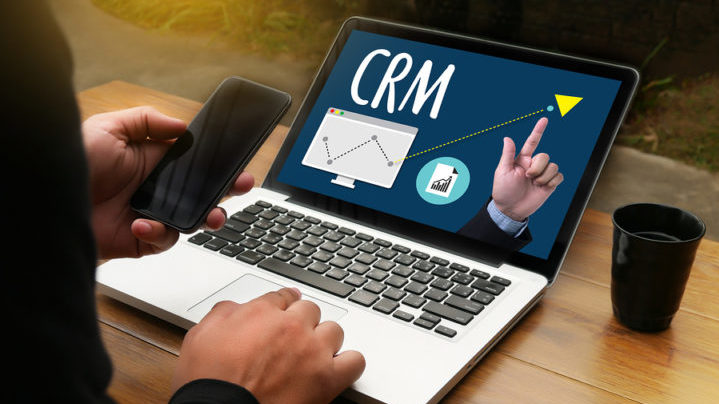A Customer Relationship Management (CRM) tool enables an organised approach for developing, managing, and maintaining relationships with your customers. It must alleviate the “pain points” of your sales representatives, helping them to win deals. The system must provide simplicity, security, and scalability of customer interactions.
Here are our top 10 things to ask for:
1 – Top 10 features
- Contact management – capability to store contact information (name, e-mail address, phone number, social media accounts, etc.) and sync easily from your phone, e-mail and calendar. All data should be easy to share with your team. Data import and export needs to be straightforward.
- Interaction tracking – track calls, e-mails, notes, documents, history with each contact/customer and share with team.
- Document management – ability to collect, upload, store and share documents in a central location.
- Accessibility – ability for your Sales Representatives to access from any device.
- Workflow automation – automates any repetitive tasks. Find out if this is a standard feature or requires an upgrade.
- Pipeline management – ability to see your entire sales pipeline, its status and progress in the sales funnel.
- Forecasting – ability to improve your predictability for future sales or project revenues based on data and trends.
- Reporting – most tools will have some base reporting, however, ensure you can drill down into the data to make it useful for you, i.e. geographical, by Sales Representative, and funnel stage. Compare base version and upgrade features.
- Ease of use – if intuitive and easy to-use, the adoption rate will be higher, and it will be easier to onboard new team members.
- Scalability – this tool needs to grow with you as your business grows.
2 – Multiple users
The tool should allow multiple users at any time and the sharing of information between teams.
3 – Ongoing support
Ensure you get ongoing support for your tool and configuration. You should be able to access support via email, phone, or live chat. If hosted, ask your supplier for an Availability Service Level Agreement (SLA).
4 – Security
Ensuring the security of yours and your customers’ data is critical. All sensitive data needs to be encrypted.
5 – Cloud vs on premise
With a cloud version, you won’t need a server or technical expertise on your side – all the information resides on the vendor’s server. With ‘on premise’, you own the software and it is physically hosted by you on your hardware. You have direct access to the servers and no recurring subscription charges, however, upfront costs are higher.
6 – Integration
Make sure the CRM tool integrates with your website, phone, email, calendar, scheduling systems, and other required apps.
7 – Due diligence
Ensure supplier’s stability and reputation, by obtaining references and conducting due diligence. Choose an industry specific vendor with local customers, this will lessen the need for customisations. Request a demonstration and a free trial.
8 – Total cost of ownership
Weigh up the cost of your CRM system and all associated costs to your business, including: implementation, updates, and maintenance. Setup should be fast and simple with no extensive training or manual entries required.
9 – Ownership of Data
If the software and data is being hosted in a cloud environment, make sure that you own your data. Ask the vendor if they will have access to your customers’ data and who will retain the data when you cancel your subscription.
10 – GDPR compliant
GDPR (General Data Protection Regulation) is a regulation in European Union law on data protection and privacy and also addresses the transfer of data outside of the EU. The tool will need to be GDPR compliant.













